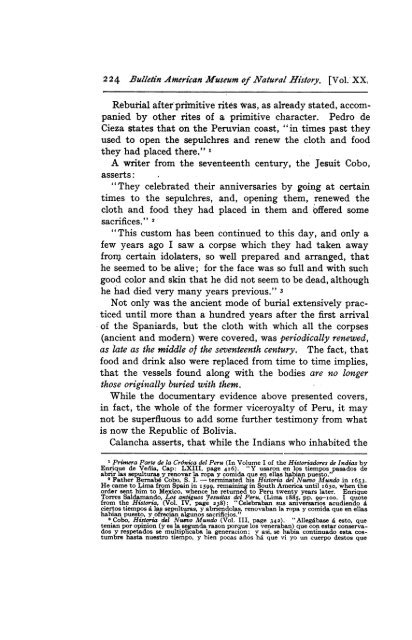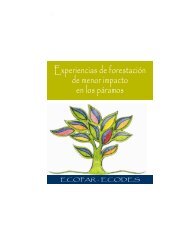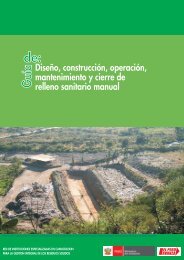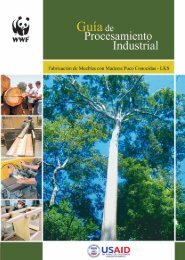You also want an ePaper? Increase the reach of your titles
YUMPU automatically turns print PDFs into web optimized ePapers that Google loves.
224 Bulletin American Museum of Natural History. [Vol. XX,<br />
Reburial after piihnitive rites was, as already stated, accompanied<br />
by other rites of a primitive character. Pedro de<br />
Cieza states that on the Peruvian coast, "in times past they<br />
used to open the sepulchres and renew the cloth and food<br />
they had placed there."I<br />
A writer from the seventeenth century, the Jesuit Cobo,<br />
asserts:<br />
"They celebrated their anniversaries by going at certain<br />
times to the sepulchres, and, opening them, renewed the<br />
cloth and food they had placed in them and offered some<br />
sacrifices." 2<br />
"This custom has been continued to this day, and only a<br />
few years ago I saw a corpse which they had taken away<br />
fronr certain idolaters, so well prepared and arranged, that<br />
he seemed to be alive; for the face was so full and with such<br />
good color and skin that he did not seem to be dead, although<br />
he had died very many years previous." 3<br />
Not only was the ancient mode of burial extensively practiced<br />
until more than a hundred years after the first arrival<br />
of the Spaniards, but the cloth with which all the corpses<br />
(ancient and modem) were covered, was periodically renewed,<br />
as tate as the middle of the seventeenth century. The fact, that<br />
food and drink also were replaced from time to time implies,<br />
that the vessels found along with the bodies are no longer<br />
those originally buried with them.<br />
While the documentary evidence above presented covers,<br />
in fact, the whole of the former viceroyalty of Peru, it may<br />
not be superfluous to add some further testimony from what<br />
is now the Republic of Bolivia.<br />
Calancha asserts, that while the Indians who inhabited the<br />
1 Primera Parte de la Cronica del Peru (In Volume I of. the Historiadores de Indias by<br />
Enrique de Vedia, Cap: LXIII, page 4I6). "Y usaron en los tiempos pasados de<br />
abrir las sepulturas y renovar la ropa y comida que en ellas habian puesto."<br />
2 Father Bernabe Cobo, S. I. - terminated his Historia del Nuevo AMundo in I653.<br />
He came to Lima from Spain in I599, remaining in South America until i630, when the<br />
order sent him to Mexico, whence he returned to Peru twenty years later. Enrique<br />
Torres Saldamando, Los antiguos Yesuitas del Peru, (Lima i88$, pp. 99-I00. I quote<br />
from the Historia, (Vol. IV, page 238): "Celebraban sus aniversarios acudiendo a<br />
ciertos tiempos a ls sepilturas, y abriendolas, renovaban la ropa y comida que en ellas<br />
habian puesto, y ofrecian algunos sacrificios."<br />
3 Cobo, Historia del NIVuo Mundo (Vol. III, page 342). "Allegibase , esto, que<br />
tenian por opinion (y es la segunda razon porque los veneraban) que con estar conservados<br />
y respetados se multiplicaba la generacion; y asi, se habia continuado esta costumbre<br />
hasta nuestro tiempo, y bien pocas afios hi que vi yo un cuerpo destos que








